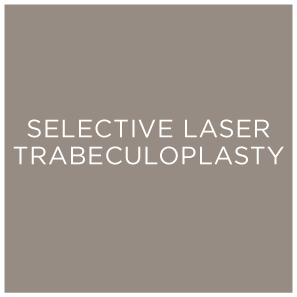SUPERFICIAL KERATECTOMY
Superficial keratectomy is a procedure done in office to help smooth the top layer of the eye, called the cornea. This procedure is meant to improve overall quality of vision by reducing irregular astigmatism from different corneal conditions. The two most common conditions this procedure is performed for is salzman nodular degeneration and epithelial basement membrane dystrophy, or map dot dystrophy. In these conditions the cornea transforms from its typical spherical shape, to more irregular architecture, which will affect the way light is focused into the eye. During a superficial keratectomy, the surgeon will remove the corneal epithelium, thereby allowing a fresh, smooth layer of corneal epithelium to grow back.
This procedure is done in clinic. Topical numbing will be used. A bandage contact lens will be placed on the eye at the end of the procedure and drops will be prescribed to use for about a month. It is normal for the vision to get worse before it gets better.







